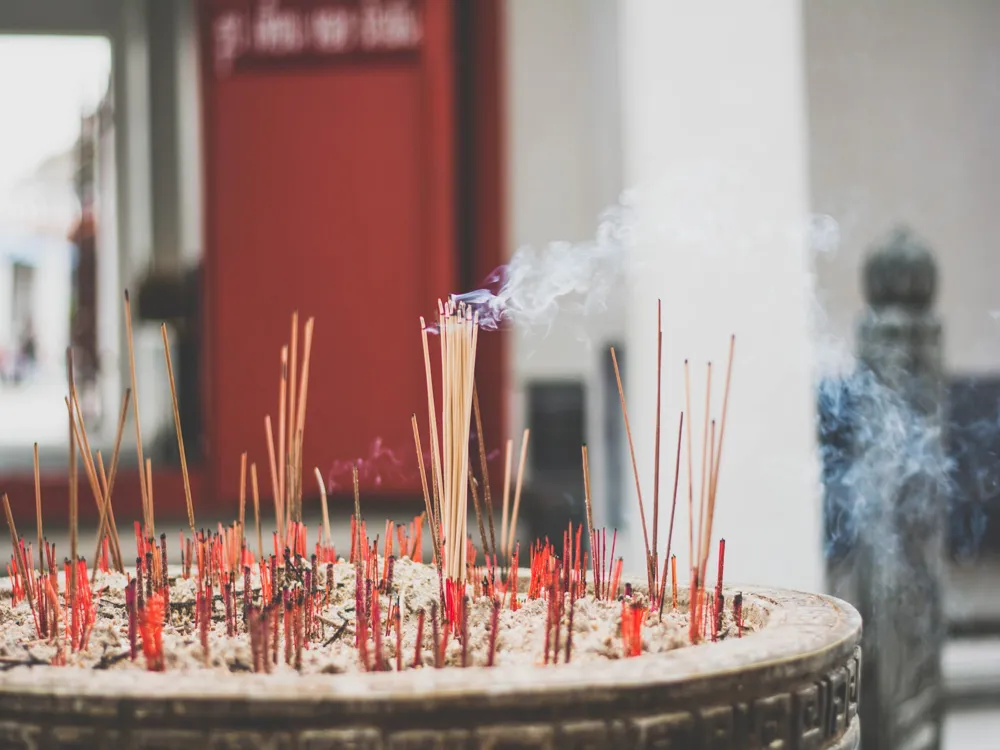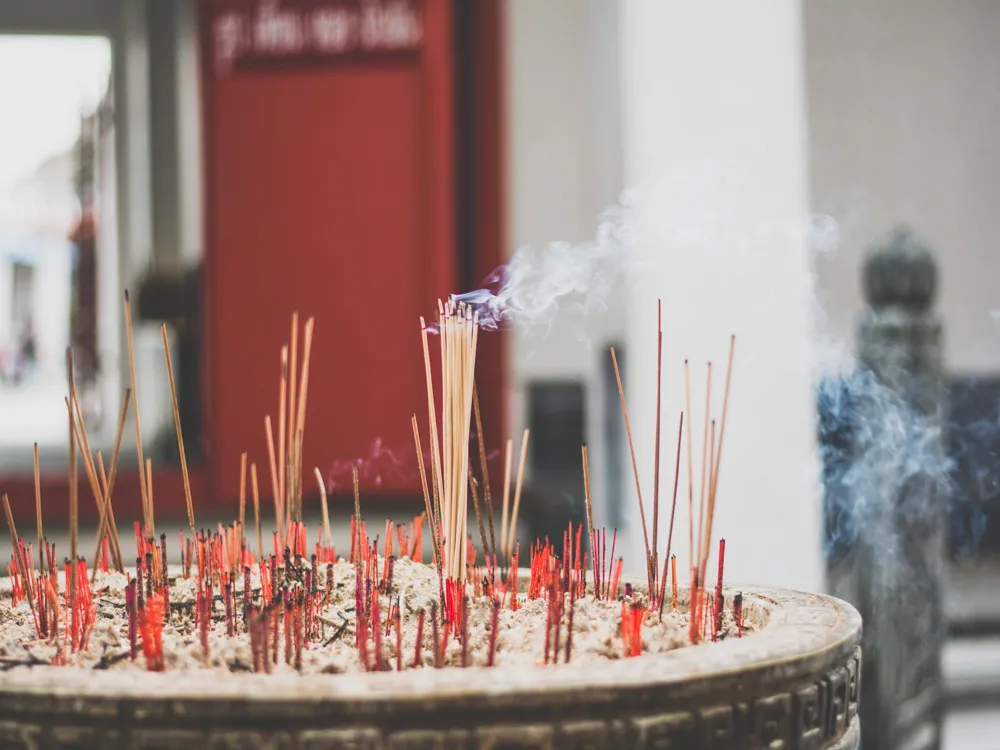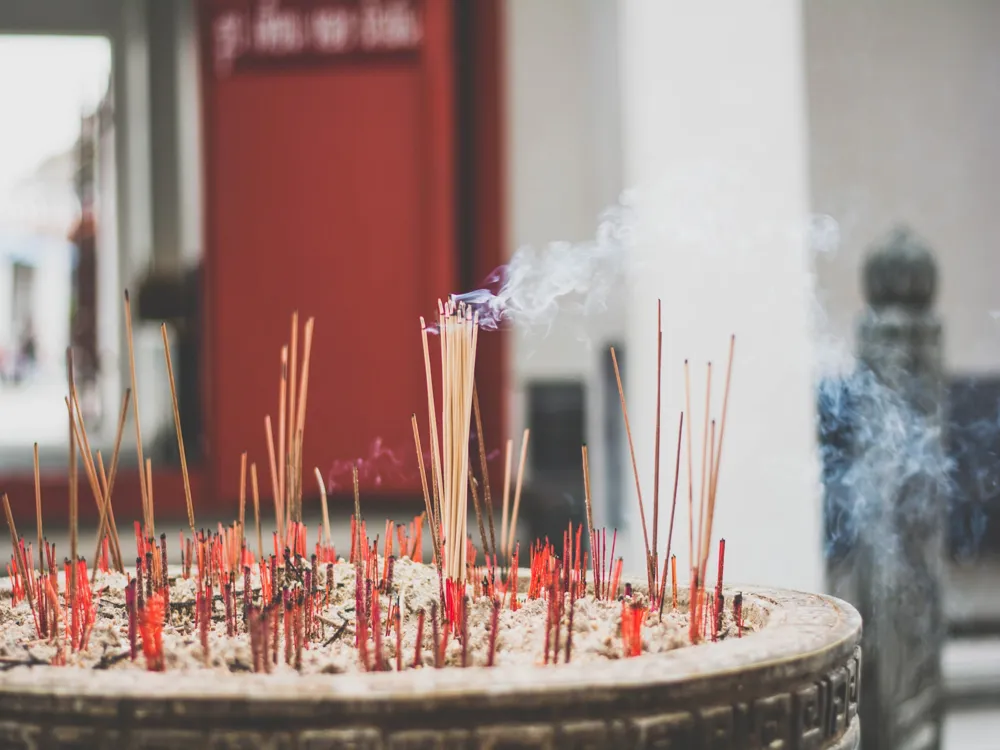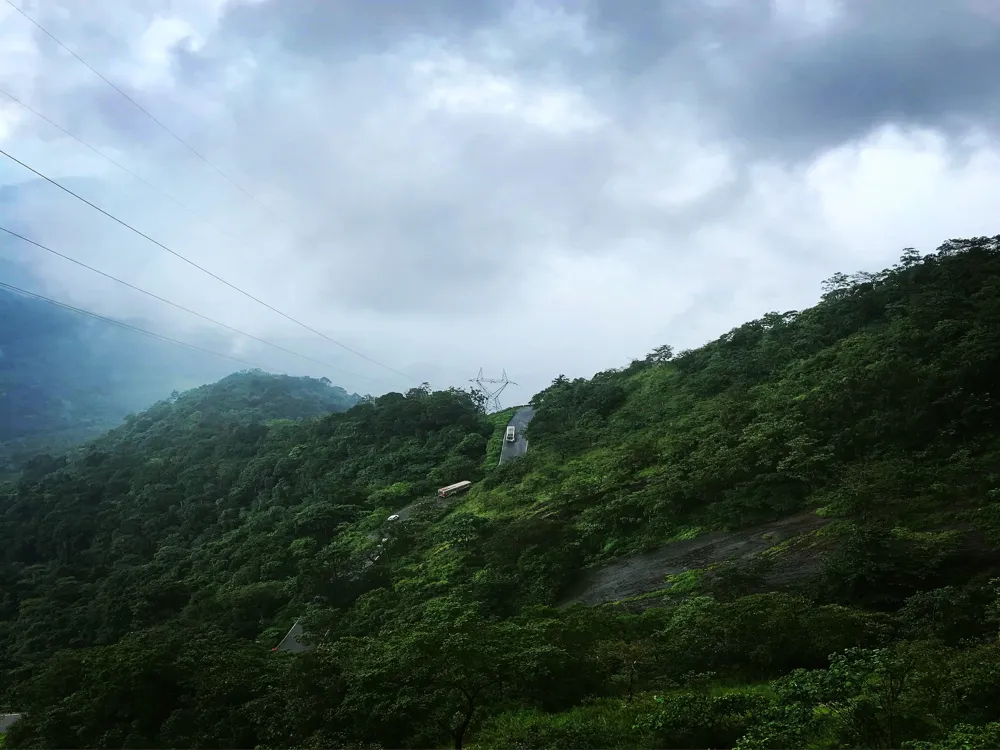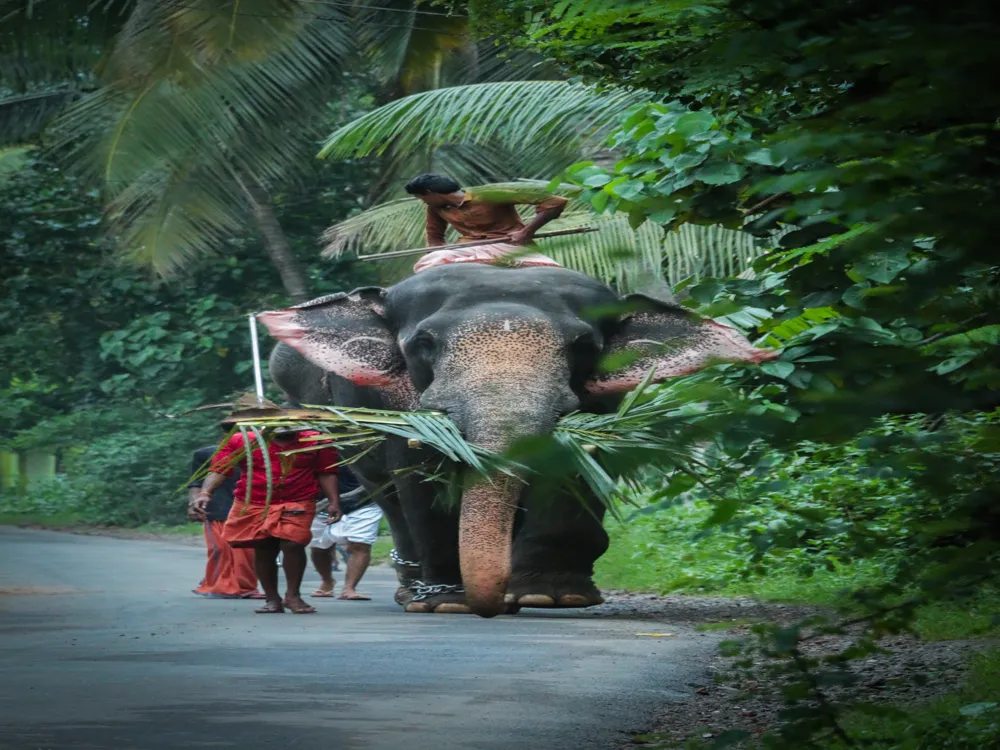Nestled in the heart of Malappuram, Kerala, the Thirumandhamkunnu Temple stands as a beacon of spiritual and cultural significance. This ancient temple, renowned for its rich history and religious importance, draws devotees and tourists alike. The temple is dedicated to Goddess Bhagavathy, revered by locals and worshippers from far and wide. The history of Thirumandhamkunnu Temple is intertwined with the legends of Kerala's past, making it not just a place of worship but also a repository of culture and history. The origins of Thirumandhamkunnu Temple date back centuries and are shrouded in myths and legends. According to popular belief, the temple was established following the divine intervention of Lord Parashurama, a revered figure in Hindu mythology. The temple's annual festivals, particularly the famous 'Pooram,' are celebrated with great fervor, showcasing the vibrant culture of Kerala. Devotees participate in these festivals with deep devotion, making it a time of communal harmony and spiritual rejuvenation. The temple's location in Malappuram, a district known for its scenic beauty and cultural diversity, adds to its allure. Surrounded by lush greenery and the serene ambiance of Kerala's landscape, Thirumandhamkunnu Temple offers a tranquil retreat for those seeking peace and spiritual solace. The temple not only serves as a place of worship but also as a center for cultural activities, preserving the rich traditions and customs of Kerala. The architectural splendor of Thirumandhamkunnu Temple is a testament to the ingenuity of ancient Indian temple architecture. Built in the traditional Kerala style, the temple's design reflects a unique blend of beauty and spirituality. The intricate carvings, majestic gopurams (towers), and the harmonious layout of the temple complex are awe-inspiring. Every element of the temple's architecture, from the towering gateways to the inner sanctum, is imbued with symbolism and religious significance. One of the striking features of Thirumandhamkunnu Temple's architecture is its gopuram, which serves as a grand entrance, guiding devotees into a world of divine presence. The gopuram is adorned with detailed carvings depicting various gods, goddesses, and mythological scenes, creating a visual narrative of Hindu mythology. The temple's walls and pillars are embellished with intricate sculptures and murals, showcasing the artistic brilliance of the craftsmen. The inner sanctum of Thirumandhamkunnu Temple, where the deity resides, is a masterpiece of architectural design. The sanctum is constructed in such a way that it aligns with the celestial bodies, allowing natural light to illuminate the deity in a divine aura. The temple's layout follows the principles of Vastu Shastra, ensuring a harmonious balance between the structure and the natural environment. The use of locally sourced materials and traditional construction techniques further adds to the temple's authenticity and historical value. Visitors to Thirumandhamkunnu Temple are advised to adhere to a modest dress code, respecting the temple's sanctity. Traditional Indian attire is recommended. It's important to maintain a decorum befitting a place of worship, including speaking softly and avoiding any disruptive behavior. If visiting during festival seasons, particularly during the 'Pooram,' it's advisable to be aware of the crowded conditions and plan accordingly. Participating in the temple's festivals can be a profoundly enriching experience, offering a glimpse into Kerala's rich cultural tapestry. Photography may be restricted or prohibited in certain areas of the temple. Visitors should look for signs indicating photography rules or ask temple authorities for guidance. Respecting these rules is crucial to maintaining the sanctity of the temple. Thirumandhamkunnu Temple is well-connected and accessible by various means of transport. The nearest airport is Calicut International Airport, which is about 36 kilometers away. From the airport, taxis and buses are available to reach the temple. For those traveling by train, the nearest railway station is Angadipuram, just a few kilometers from the temple. Additionally, Malappuram is well-connected by road, with state-run and private buses offering services from major cities in Kerala and neighboring states. Self-driving to the temple is also a feasible option, with ample parking available near the temple premises. Read MoreOverview of Thirumandhamkunnu Temple, Malappuram, Kerala
Architecture of Thirumandhamkunnu Temple
Tips When Visiting Thirumandhamkunnu Temple
Dress Code and Conduct
Festival Participation
Photography Restrictions
How To Reach Thirumandhamkunnu Temple
Malappuram Tourism
Best Time to Visit Malappuram
How to Reach Malappuram
Things To Do Malappuram
Thirumandhamkunnu Temple
Malappuram
Kerala
NaN onwards
View malappuram Packages
Malappuram Travel Packages
View All Packages For Malappuram
Top Hotel Collections for Malappuram

Private Pool

Luxury Hotels

5-Star Hotels

Pet Friendly
Top Hotels Near Malappuram
Other Top Ranking Places In Malappuram
View All Places To Visit In malappuram
View malappuram Packages
Malappuram Travel Packages
View All Packages For Malappuram
Top Hotel Collections for Malappuram

Private Pool

Luxury Hotels

5-Star Hotels

Pet Friendly







